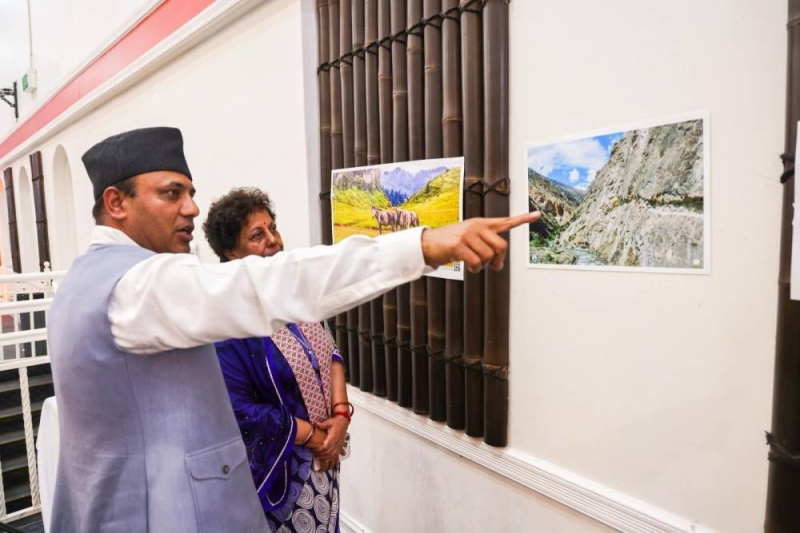
Northerners who has traveled to southern states during one of their unseasonable cold spells know that cold is relative. For those of us who live on the frozen tundra, we pronounce it cold when the temperature drops into the double digits below zero and the wind is whipping out of the north, making it feel like it’s 20 or 30 degrees colder than the air temperature ADVERTISEMENT Down south, residents start to shiver when the mercury registers below 32 degrees. That was the case when my husband, Brian and daughter, Ellen, and I spent a week in North Carolina during the first week of January.
Although, we were disappointed that the weather was unseasonably cold when we arrived — temperatures had been in the 50s and 60s the previous week — we weren’t going to let it dissuade us from doing any of the things we had planned to do. During the week in Cary, North Carolina, while Ellen was working in-person for ChicknLegs, a running apparel company that she works for remotely most of the year, Brian and I went on long walks around the city dressed in our fall coats and sweatshirts. For us, the temperatures, which in the morning were in the 20s and warmed into the 30s or 40s during the day, were similar to autumn and early spring weather in North Dakota.

A bonus was that there still were flowers blooming, unlike at home on our North Dakota farm where they had frozen two months before and now were covered by a layer of snow. Brian and Ellen didn’t let the temperatures deter them from running in shorts with members of area running clubs who were dressed in layers and were impressed at the North Dakota runners’ hardiness. As North Dakotans who travel south invariably do, we were often asked during the week how we get used to the cold and what we do “up there” in the winter.
I answer the first question honestly by saying that I don’t think I have gotten used to the cold, despite being a North Dakota resident for 66 years. Instead, I think I tolerate it because I have to so I can live in the state, which is where I want to be for other reasons, such as proximity to family members, wide open spaces and low crime rate, among them. ADVERTISEMENT My reply to the second question is that we do whatever interests us, similar to what people living in other, warmer states, do.
I go for walks with my dogs, garden in the summer, read in the winter and attend sporting events throughout the year. Others like to fish, hunt, camp and do other outdoor activities while some people prefer to be involved in the arts, politics or literary clubs. The point I try to convey is that northern residents strive not to let the cold deter them from doing the things they want to do.
But, I tell southern residents, when it comes to heat, I’m a complete wimp. Just as they shiver when the weather drops into the low 30s, I feel like I’m going to pass out when it climbs into the upper 80s. Add humidity to the heat and I have to stay indoors or suffer the consequences of my foolish actions.
Last summer, for example, I was determined not to let the Cary weather deter me from walking with Ellen a couple of miles to shop for books and groceries, so, despite her urging us to get a ride or wait until it was cooler outside, I insisted that we go by foot. Between the temperature in the high 80s and the matching humidity, I was nearly soaked with perspiration by the time we got to the strip mall where the stores were located and had to immediately go and buy a bottle of water and rest before I fainted. Whether it be bitter cold, beastly hot, flooding, drought, tornadoes, hurricanes, volcanoes, blizzards or other challenges, every state in the country has some sort of weather that makes living there challenging for humans.
Survival — and thriving — depends on remaining emotionally undaunted by what weather conditions are facing us and, at the same time, using common sense and not taking unnecessary risks. ADVERTISEMENT I safely can go for walks in double-digit below subzero temperatures by dressing in insulated coveralls, a heavy jacket, stocking cap, face covering, mittens and insulated boots, but I know that when the temperature and humidity get into the upper 80s, it’s best for me to stay inside and read a book. I suspect that would likely be reversed for my southern friends.
I think the key to overcoming weather challenges, in agrarian terms, is to bloom where you’re planted. Ann Bailey lives on a farmstead near Larimore, N.D.
, that has been in her family since 1911. You can reach her at 218-779-8093 or [email protected].
.















